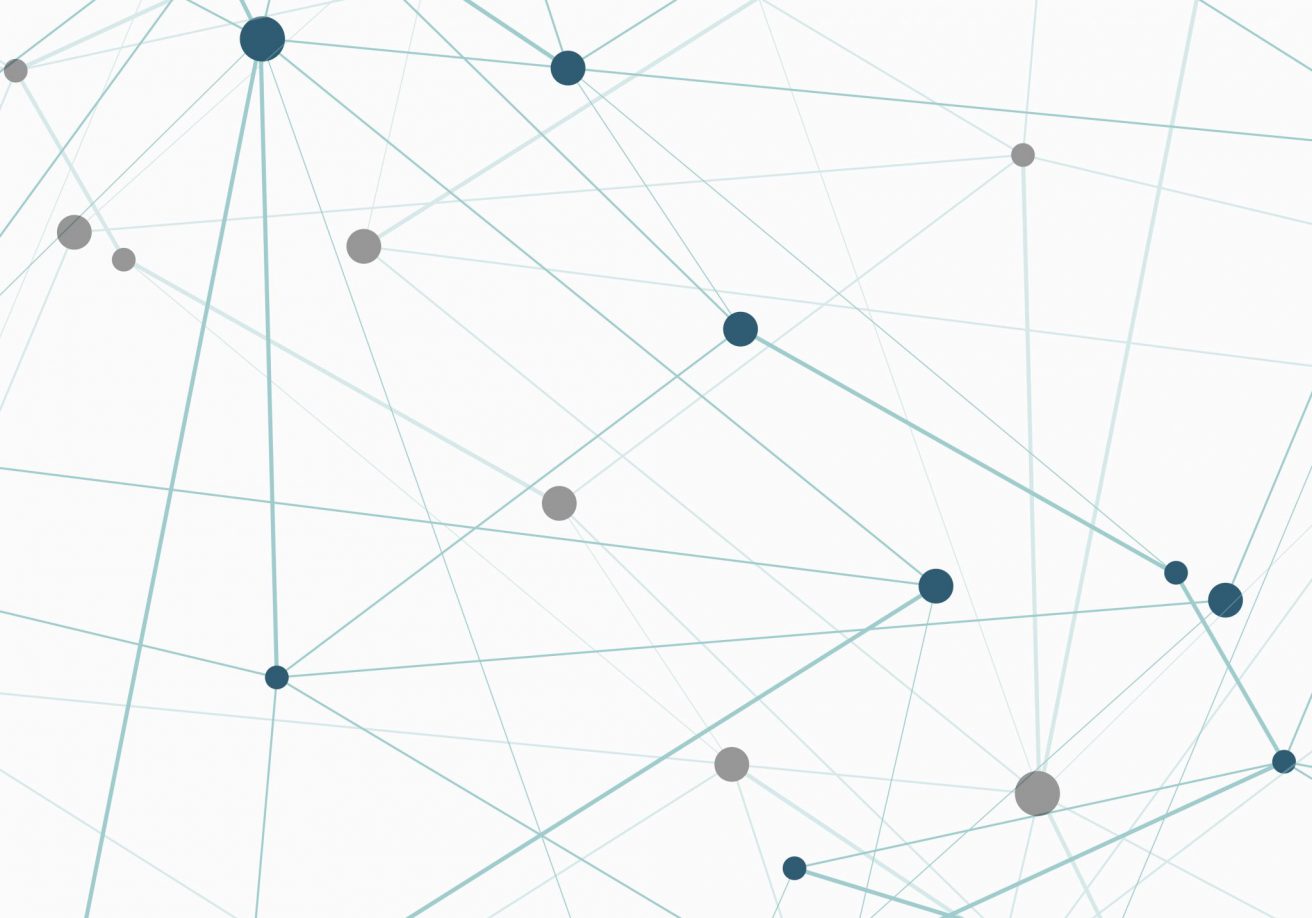What Problem Does a Network Overlay Solve?

Software-defined networks have been around for several years. Often, people learn how the overlay works but may not know what problems they can solve. I will attempt to answer that question with a scenario.
Let’s say we have in our data center 1,000 servers, each of which house 50-100 virtual servers. If we have 25 racks with a ToR (top of rack) switch in each rack, we can potentially allocate a /24 network to each rack and then advertise each of those /24’s to the core. This seems like it would work. However, what about when a virtual machine is moved to another server on a different rack? With this model, that function would require the server to change its IP address.
So, let’s think about this differently, since our ToR switches with unique /24’s will not work. In this situation, we would have to move the layer 3 gateway up a layer. While this will work, it would create a large layer 2 domain, which spans each of our 25 racks. Now that we are using layer 2 between our ToR and distribution switches, we must deal with spanning-tree blocking redundant paths (solved with MEC) along with huge MAC address and ARP tables. This solution will work, but it is overly complex and expensive.
In comes the network overlay. A network overlay is a virtual network built on top of an existing network. Using an overlay allows for multiple layers of abstraction to be created on top of the physical infrastructure. This is achieved using encapsulation, very much the same way that a network packet is encapsulated inside of an Ethernet frame when traveling from a layer 3 to a layer 2 network segment.
The overlay network uses software to create virtual connections between endpoints. This can be done using software tags and labels within the overlay network. So, what does this achieve? We no longer need to rely on a traditional VLAN spanning every switch to ensure one VM can move between servers and keep the same IP address. We can allow the overlay network to use its encapsulation (tagging/labelling) to create virtual connections between our endpoints. Software features can now be used to group servers by function and define policies for server-to-server communication.
There are many SDN (Software-Defined Network) solutions out there today, including Cisco ACI and VMWare NSX. These solutions have several benefits including automation, increased visibility, cost reduction, increased performance and configuration consistency. ivision has abundant experience with a wide range of network capabilities and would love the opportunity to serve your business.



